The Best Microphone for Streaming On Twitch
Twitch viewers stick around because they enjoy sharing the emotional experience with you, the gamer; the fear and the joy, the defeat, the triumph, and the passion, all of which come across in the gamer’s voice. It’s a connection, and the Shure SM7B is the absolute best way to connect the speaker to the listener.
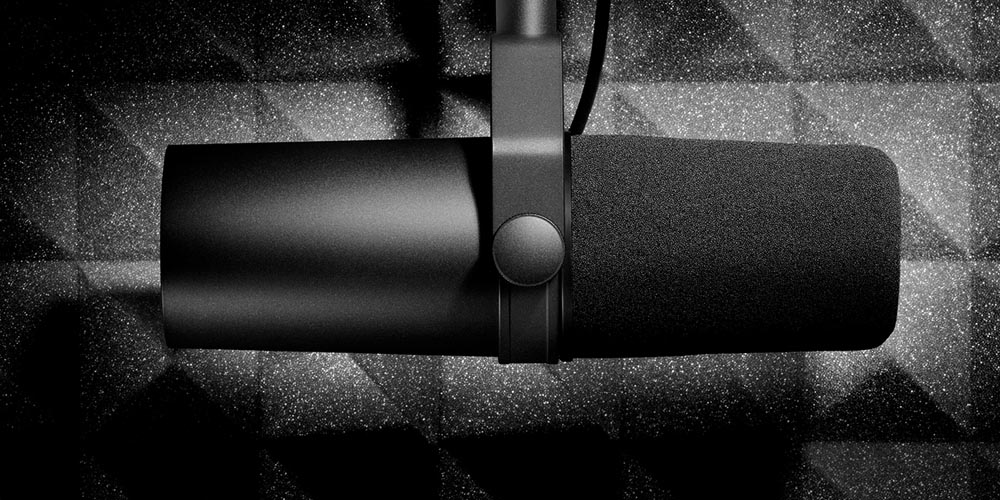
Shure SM7B
Shure is a legendary audio company and the SM7B comes from a long line of professional microphones going back to the original SM7 in 1973. The Shure SM7B is intended to be a professional microphone for vocalists. Its predecessor (the SM7A) was used by Michael Jackson when he recorded Thriller…which you may have heard of. With this kind of lineage the SM7B is definitely the best choice for a streaming mic (or podcasting, Voice Over, ASMR, or just about anything requiring great production value). The SM7B is fairly popular with successful streamers, podcasters, and YouTubers. If you’ve ever listened to Conan O’Brien Needs a Friend or the Joe Rogan Experience, you’ve heard the performance of the SM7B.
Why the Shure SM7B is the best microphone for streaming
The SM7B Dynamic Transducer
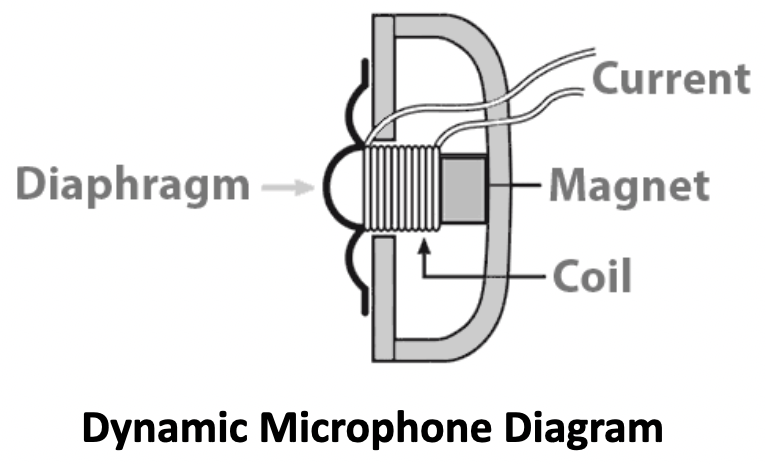
The transducer is what makes the microphone work. Think of it as the Flux-Capacitor to your DeLorean. The SM7B uses a dynamic transducer, which is the most commonly used type of transducer, and for good reason. A dynamic microphone is reliable, provides particularly good sound quality, and can handle extremely high levels without distorting. The way a dynamic transducer works is very similar to a speaker. There’s a diaphragm (like a speaker cone) that vibrates when sound waves hit it. There’s a small wire attached to the back of the diaphragm which makes up the voice coil. The wire passess through a magnetic field when the vibrations move it, which results in electrical signals that are passed through the wire and then recorded as sound. Fancy, right?
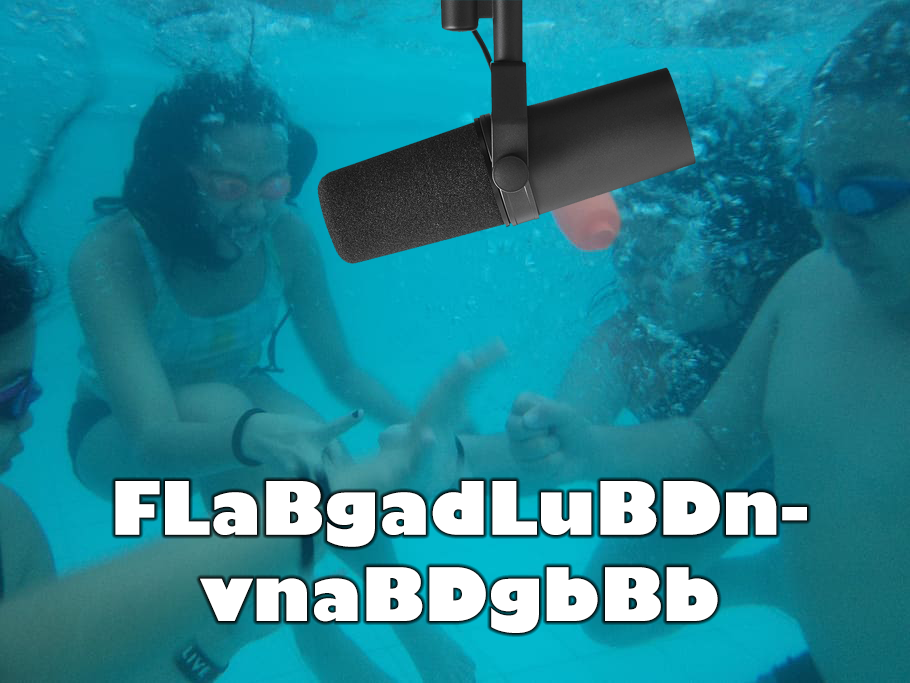
Dynamic mics are exceptionally durable and can take quite a bit of abuse and rough handling. On top of that, they can handle extreme temperatures, moisture, and humidity. Being fully submerged in water would be pushing the limits of a dynamic mic like the SM7B, so we definitely wouldn’t recommend it. Sorry to burst your bubble on the world’s first “Let’s Both Go Underwater and You See if You Can Tell What I’m Saying” podcast.
The SM7B Polar Pattern:
The Shure SM7B uses a cardioid polarity pattern…which you probably haven’t heard of before. The polarity of a microphone refers to the area where it picks up sound. Here’s the other types first:

An omnidirectional polar pattern microphone picks up sounds equally in all directions. For the purpose of streaming, this means you’ll transmit or record your voice…and the TV your girlfriend is watching in the living room…and the microwave beeping when your dinosaur shaped chicken nuggets become nuclear. Sub-optimal.

Bi-Directional polar pattern microphones pick up sound, you guessed it, in two directions. The directions are opposite of each other, which makes this a good option for podcasting with just one mic if your guest or co-host is sitting directly across from you.
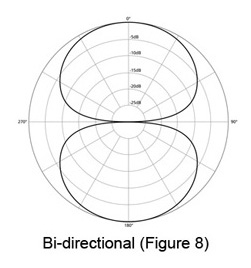
The cardioid polar pattern (which is used by the SM7B) is optimal for streaming video games on Twitch or YouTube. It picks up all the sound in front of the mic, a decreased amount on the sides, and nothing behind it.
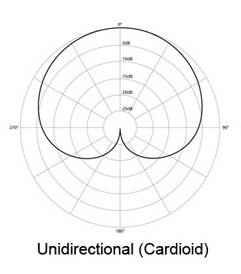
So you get all of the audio while you’re talking directly into the microphone, a subdued recording volume when you scream profanities at the wall to your right after you get mapped by an auto-aim using lagger (total BS, btw…he’s definitely a cheater), and your dino nuggets, while interrupting your gf watching The Bachelor, won’t annoy your viewers.

The SM7B Recording Specs (kind of a downside, but not really):
Stay with me on this. The Shure SM7B records at -59 decibels…which is low. So the audio that is recorded straight from the microphone isn’t very loud at all, but it wasn’t meant to be. As mentioned previously, the Shure SM7B was designed to be a microphone for professional vocalists. Which means it was built to be used by audio design professionals. Many mics will have a higher recording volume if they’re meant to be more of an all-in-one solution, but the SM7B was designed to be used with your choice of pre-amp and audio mixer, which is why it only has an XLR output.
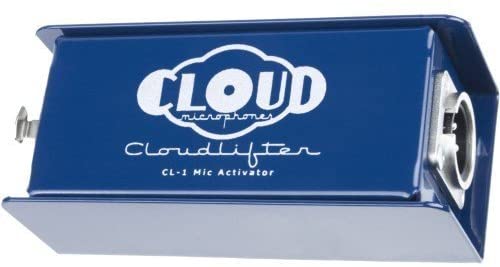
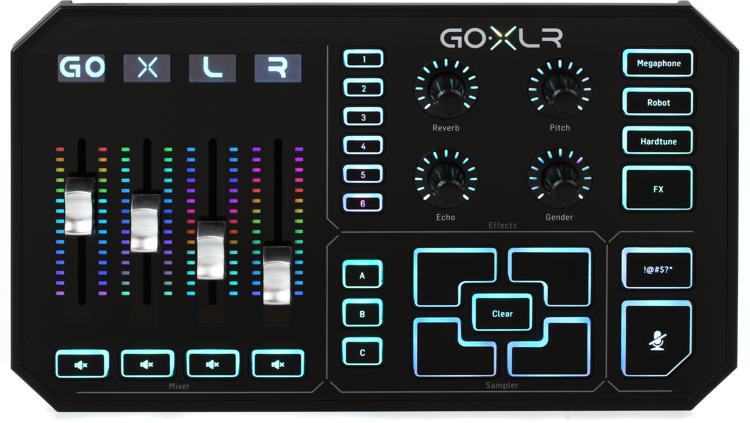
The Cloudlifter pre-amp is a commonly used option for the SM7B and the TC-Helicon GOXLR is an excellent option for the mixer. If you want to hear the SM7B streaming through a GOXLR, feel free to check out our interview with pro-gamer AverageMatty. If you want to hear how it sounds on Twitch, you can check out his channel here.
Should I buy an SM7B to stream on Twitch?
If you have the money, YES. Retail on the microphone chosen by Mick Jagger, Michael Jackson, and Conan O’Brien is only around $400. Which isn’t expensive for one of the best microphones ever made.
The cost goes up though if the mic is to actually be viable. A GOXLR runs about the same price as the microphone ($465.85 on Amazon at the time of this writing). The Cloudlifter pre-amp is currently selling for about $150 on Guitar Center’s website. So with this setup, all in, we’re looking at just over a grand.
Wow. That escalated quickly. ![]()
The upshot though, is that you will NEVER have to buy a microphone EVER AGAIN. The mic has been around for almost a half a century and has undergone minor changes in that time. If it ain’t broke, don’t fix it. Of course it also means your voice will come across velvety smooth with no peaking and you’ll have a mic that can even withstand the abuse of your controller being thrown at it when you get wrecked in PvP.
That’s a pretty solid balance if you ask me.
